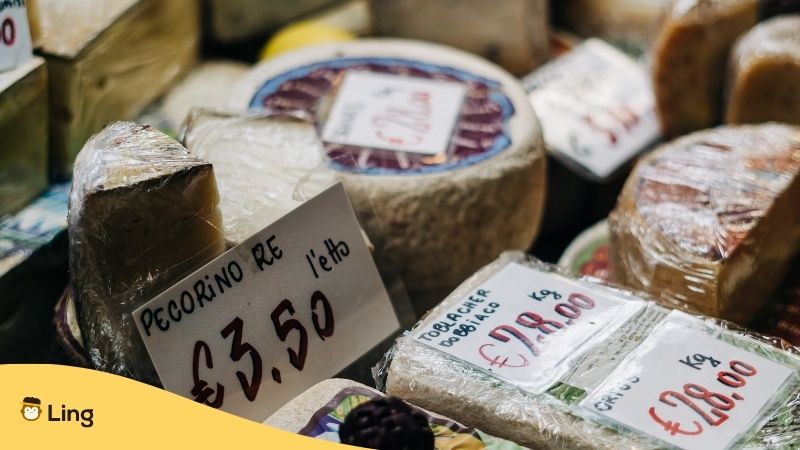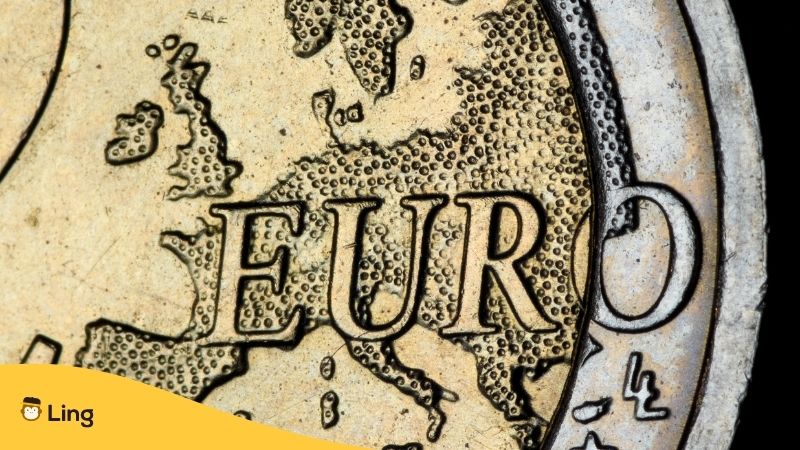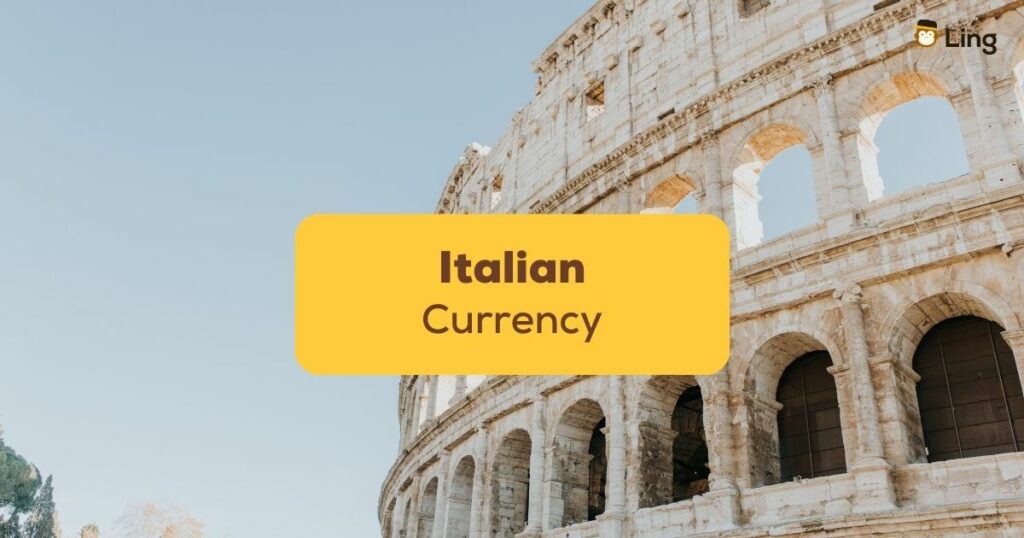When traveling to Italy, it’s essential to be prepared to handle the local Italian currency. Italy’s official currency is the Euro (€), which simplifies transactions for both locals and tourists alike. Understanding the currency in Italy and its nuances can help you make the most of your trip and ensure a smooth financial experience during your travels. Therefore, let’s take a brief look at the history of Italian currency, discuss the use of the Euro, explore payment methods, and offer tips to manage your money efficiently while exploring the endless beauty of Italy.
The Evolution Of Italian Currency
The history of Italian currency is a fascinating journey that reflects the country’s economic and political developments. Before adopting the Italian Euro in 2002, Italy’s currency was known as the Italian Lira. The Lira was used for nearly 140 years until its replacement.
The adoption of the Euro was a significant step for Italy, bringing it into a monetary union with other European countries. As a result, travelers can now use the Euro across 20 European Union member states, known as the Eurozone. The Euro notes are represented by the symbol €, and 1 Euro coins are further divided into 100 cents.
Getting Your Hands On Euros
Before you embark on your journey to Italy, it’s crucial to exchange your own currency for some Euros for your initial expenses. Here are some common ways to obtain Euros:
Currency Exchange
Currency exchange desks can be found in airports, major train stations, and city centers. While convenient, when buying currency be aware that they may charge higher fees and offer a less favorable exchange rate. It’s wise to exchange only a small amount at the airport and look for better options in the city. Downloading a currency converter app to your phone is a great way to keep up to speed on present currency rates and the average exchange rate, whether the US dollar, British Pound, Australian dollar, or any other.
ATM Withdrawals
Utilizing an ATM to withdraw money is often the most cost-effective option. Italian banks and ATMs are widespread and can be found in cities and towns. Ensure your card has the international withdrawal feature activated, and check with your bank for any additional fees before you withdraw cash.
Prepaid Travel Cards
Prepaid travel cards can be a secure alternative to carrying cash. Load your desired amount of Italian money onto the card before your trip, and use it for transactions like a regular debit card. Additionally, they offer some protection against theft or loss.

Embracing Cash Culture
While credit and debit cards are widely accepted in urban areas and major tourist spots, cash remains an integral part of Italian culture, especially in smaller towns, Vatican City souvenir stalls, and rural regions. Many local establishments, such as family-owned restaurants and street vendors, prefer cash payments. Having a small stash of Euro banknotes will ensure you’re prepared for all types of purchases.
Understanding Pricing And Tipping
Italy has a straightforward pricing system where the price displayed on a product or menu is the final amount you pay. Unlike some countries where taxes are added at the checkout, the price already includes taxes (VAT – Value Added Tax) in Italy. The standard VAT rate is 22%, but some goods and services may have reduced rates.
Tipping in Italy is not as prevalent as it is in the United States, for example. However, it is common to leave a small tip if you’re pleased with the service. You can round up the bill or leave an additional 5-10% for exceptional service. Nonetheless, tipping is entirely discretionary and not obligatory.
Dealing With Tourist Traps
Tourist areas, especially in larger cities, might have businesses that charge inflated prices, hidden fees, or try to take advantage of unsuspecting travelers. Always check the menu or item prices before ordering or purchasing anything. Avoid eating at restaurants that have “menu turistico” signs, as they tend to offer less authentic and overpriced meals.
Some Useful Italian Currency Vocab
Using Cards Wisely
While cash is important, having a credit or debit card is convenient for larger expenses and in situations where carrying large sums of cash isn’t ideal. Here are some tips for using cards wisely:
Notify Your Bank
Inform your bank of your travel dates and destination to avoid any issues with using your card abroad. Sudden international transactions may trigger security measures, leading to temporary card blocks.
Choose The Local Currency Option
When using your card for payments or withdrawals, you may be offered the choice of paying in your national currency or the local currency. Always opt for the local currency in Italy option, as it usually provides better exchange rates.

Security Measures
Consider wearing a discreet money belt or pouch under your clothes to keep your cash and cards safe from pickpockets, and be careful about how much currency you carry with you. Make photocopies of your passport, credit cards, and other important documents. Store digital backups in secure cloud storage. Divide your cash and cards between different pockets, bags, or travel companions. This way, if one set is lost or stolen, you still have a backup.
Learn More Money Matters With Ling App
Keeping control of your cash is always easier if you can speak like a local. Ling app is the perfect companion wherever you are traveling in the world, because, as well as the Italian language, there are more than 60 others to choose from. Try Ling app today at Google Play or the App Store. Buon viaggio! (Happy travels!)



































































